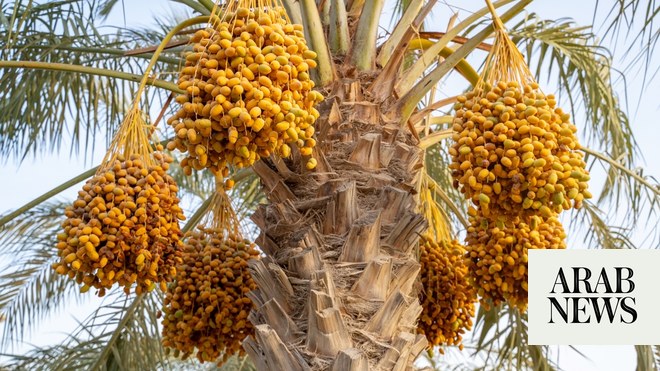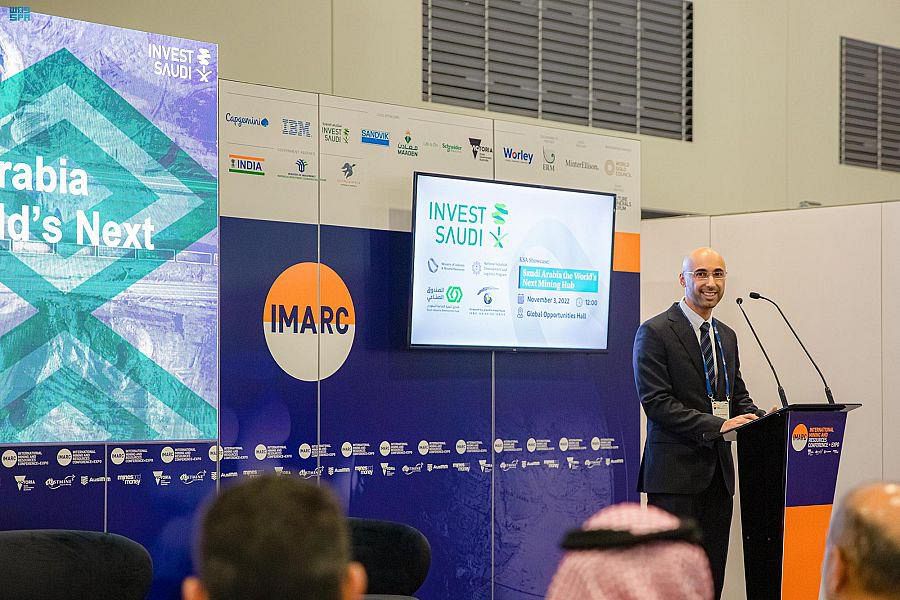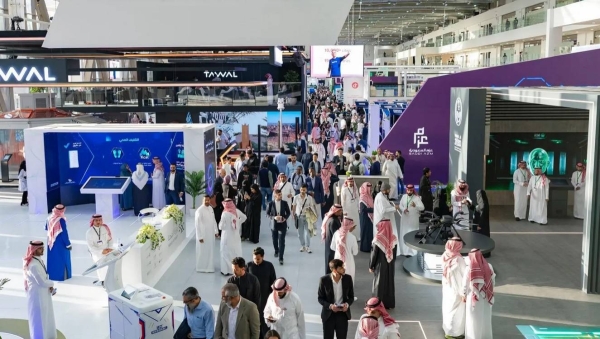
RIYADH: Factories in Saudi Arabia attracted a total capital of SR38.6 billion ($10.2 billion) in the initial months of this year, reflecting a notable increase in investment compared to 2023.
This funding milestone was achieved two months earlier than the previous year, according to Knight Frank’s annual report.
The report highlights that 410 new industrial licenses were issued and 505 factories commenced production during this period. This growth is also evident in the workforce, with 11,434 new jobs created at these facilities. Of the total investment, 83.7 percent originated from local sources, 8.3 percent from international sources, and 8 percent from joint ventures.
The non-oil sector grew by 3.8 percent in 2023, contributing SR2.5 trillion to the national GDP and now accounting for 63 percent of the country’s economic output. Investment in the industrial sector surged by 63 percent last year, reaching SR15 billion. This trend has continued into 2024, with private sector investment more than doubling in the first quarter to exceed SR7 billion.
By the end of 2023, cumulative investment in the industrial sector had reached SR415 billion, supporting 891 projects across the country and demonstrating strong local and international interest. Global investments in the sector saw an 85 percent increase, according to the report.
The Saudi Authority for Industrial Cities and Technology Zones has played a crucial role in this growth. The developed industrial land now spans over 209 million sq. meters, housing 6,443 factories and 7,946 industrial, logistical, and investment establishments.
Government initiatives
The Saudi Industrial Development Fund has been instrumental in advancing the industrial sector. Over the past 50 years, SIDF has provided loans exceeding SR180 billion to more than 4,000 projects, facilitating total investments of around SR700 billion.
SIDF"s National Industrial Strategy aims to elevate export values to SR557 billion by 2030, positioning Saudi Arabia as a prominent global player in the sector. The strategy also targets the creation of 2.1 million new jobs by 2030, with annual growth in the logistics sector expected to reach SR97.5 billion.
The manufacturing sector"s annual contribution to GDP is projected to be SR895 billion by 2030, with exports anticipated to hit SR892 billion by 2035. To support these goals, SIDF has introduced several key initiatives. The Tanafus program offers financial support and incentives to local manufacturers, while the Sanea initiative focuses on developing small and medium-sized enterprises within the industrial sector.
Additionally, the Green Finance initiative encourages sustainable industrial practices, and the digital transformation support program helps industries adopt advanced technologies and digital solutions.
Demand for warehouse solutions soars
The COVID-19 pandemic has significantly accelerated the growth of e-commerce, driving a substantial increase in the demand for modern warehousing and logistics solutions. This surge has spurred the development of technologically advanced warehouse facilities across Saudi Arabia.
A prime example of this trend is the joint venture between Saudi Aramco and DHL Supply Chain, known as ASMO, which was established to address the rising need for sustainable and efficient supply chain services.
There has also been a notable rise in demand for storage facilities, last-mile logistics centers, and cloud kitchens, especially for smaller, centrally located warehouses.
The food delivery market in Saudi Arabia is booming, valued at $10 billion in 2023 and expected to reach $14.9 billion by 2028, outpacing competitors in the region.
Supply expansion
Over the past 12 months, several key developments have occurred in the supply of warehousing and logistics facilities. In Riyadh, the total stock of warehouse and logistics space has expanded to 28 million sq. meters, with the majority of new facilities located in the Industrial Gate City.
Jeddah has also experienced significant growth, increasing its total warehouse and logistics stock to 19.6 million square meters. Noteworthy projects in Jeddah include Maersk’s logistics park and Aramex’s facility at Jeddah Islamic Port, along with several plants developed by Logi Point in Zahid Business Park.
In contrast, the industrial stock in the Eastern Province has remained relatively static over the past year, with no major completions, resulting in a total stock of 7.96 million square meters. This stable supply has contributed to high occupancy rates, particularly in strategically located areas near key transport links and industrial zones.
Rising rents reflect growing demand
The increasing demand for warehouse and industrial facilities has led to a rapid rise in rental prices. In Riyadh, warehouse rents have surged by 10.5 percent to SR210 per sq. meter, while in Jeddah, rents have risen by 1.5 percent to SR208 per sq. meter.
These rental rates reflect the market average for light industrial units and Grade B warehouse and logistics facilities, with supply constraints for primary and Grade A spaces across Saudi Arabia. National occupancy levels have reached a record high of around 97 percent, highlighting the strong demand in the market.
In Riyadh, the demand for logistics and warehouse facilities is particularly intense, driven by ongoing transportation and infrastructure projects as well as landmark giga-projects such as Diriyah Gate, King Salman Park, New Murabba, and Qiddiya. These initiatives boost the need for construction and building materials and spur the development of new industrial and logistics hubs.
Challenges
Despite significant growth, Saudi Arabia is grappling with a shortage of high-quality warehouse spaces. This issue is exacerbated by the cautious investment behavior of local landowners, who are hesitant to undertake speculative development projects. This reluctance, largely due to a lack of experience in developing real estate that meets international standards, has resulted in a critical supply gap, particularly in Riyadh.
However, there is increasing interest from international developers eager to enter the Saudi market. These developers bring extensive expertise in constructing top-tier industrial and logistics infrastructure. Potential partnerships between international and local developers could help alleviate the supply shortage over time. Nevertheless, the construction and availability of new warehouse spaces are expected to take about two years, suggesting that the shortage will persist in the near term.
Outlook
Saudi Arabia’s strategic location at the crossroads of Asia, Africa, and Europe, coupled with its status as the largest market in the GCC and a key consumption center in the MENA region, makes it a vital commercial hub. Its position along the Arabian Gulf and the Red Sea, through which 13 percent of global trade flows, provides significant advantages, establishing the Kingdom as a natural gateway to international markets comprising over 6 billion people.












